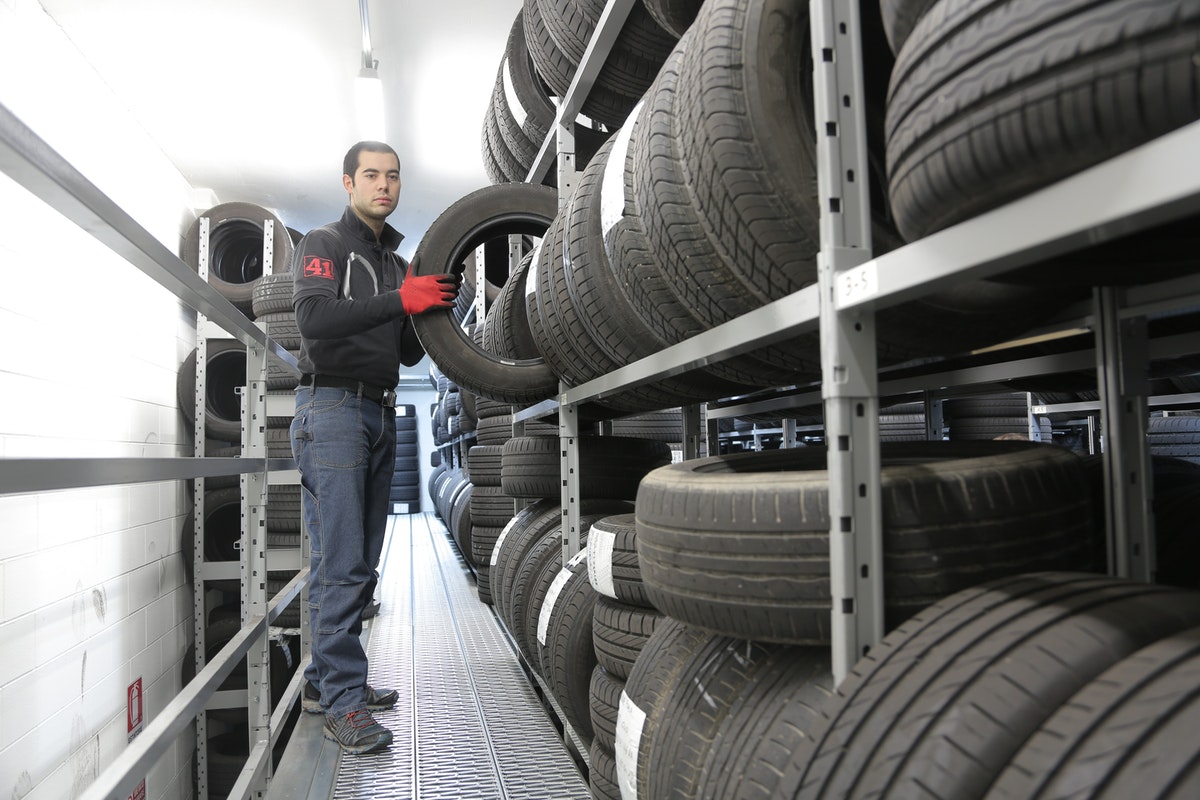Tyre Approval: A Complete Overview
Tyres form a fundamental part of every vehicle, big and small. Thus, which ones you fit on your wheel rims makes a world of difference. That, in turn, causes the process of selecting the best set of cheap tyres for your vehicle strenuous. Equipping yourself with detailed knowledge about them can help you make the correct choice.
While considering dimensions, it may seem like you can mount any tyre with a diameter the same as that of the rim. But that is not the case. That is particularly true for radials having a low profile. That means the height of their sidewalls is shorter than the industry standard. These are used predominantly in high-end vehicles to give them a rugged sports car-like look.
To fit the correct radials in your car or SUV, you have to go through a process known as tyre approval. It is an official method of determining whether a set of tyres suits the specific vehicular wheels.
- Need for tyre approval
- The right time to get tyre approval
- The process behind tyre approval
- Tyre reading
Need for tyre approval
Driving a vehicle with the wrong tyres fitted on its rims can yield disastrous consequences. When you obtain the certificate of conformity, you ensure only those radials are mounted, which suit its wheels. That means no one’s safety is ever compromised. Hence, mishaps, including fatal ones, can be avoided.
Getting your tyres approved can also save you quite a bit of money. Accidents, even minor ones, can cause the bills to pile up, putting a dent in your savings. When you stay protected, such costs can be cut, as well. Besides, getting your options checked out beforehand helps you to steer clear of any unnecessary expenses.
Besides, when your options are green signalled by an authorised representative, you will have an easier time picking out the perfect set for your vehicle.
The right time to get tyre approval
When you buy a new car, you may wish to switch out its original tyres for new ones. Regardless of whether that is for the aesthetic or the performance, you will need a clearance certificate.
There may be another reason. Say your existing set of tyres have started wearing out, or you may be just bored of the old feel they give your vehicle. That is when you would need to make a swap.
The process behind tyre approval
Now we are aware of the significance of getting the certification. But there is another question that pops up in this context – where does one get this document from? All testing centres, car manufacturers, and tyre production companies are authorised to provide it after performing a check.
But there may be several roadblocks on your path that may hinder your claim to that piece of paper. Thus, a little bit of groundwork on your part is necessary. It will ensure you ask for the approval of only those tyres that suit your vehicle best while matching your taste.
That, however, raises the question – what does this preparation entail? It is best to ask your local tyre dealer for help in this regard. You will have to supply all the essential details about your car. Then, with some professional help, you will be able to retain all the viable alternatives and discard the others.
When you arrive at the testing centre, you will have to provide a range of documents to initiate the approval procedure. These include:
- Automobile manufacturer
- Car model and related information
- Registry documents
- Class of the car
- Weight loading and capacity on both axles
- Highest speed rating
- Vehicle power in kilowatt
In the above records, you may find mentions of the permitted dimensions for new tyres. If the radials you wish to fit do not match up with that information, you certainly have to go through with the validation affair. Mounting your chosen tyres before the certification process is complete is forbidden. Not only legal troubles can ensue, but also you will pose a grave threat to your security.
Tyre reading
As the entirety of this operation concerns tyre dimensions, it is critical to be able to read markings that indicate them. Let us consider the example of 225 50 r17 tyres. In this case, the number 225 indicates the tyre width, measured in the millimetre unit. The 50 right next to it is an implication of its aspect ratio. That means the height of the sidewall is 50 per cent of the tread width.
The following letter represents the methodology behind its construction. R here stands for radial, which is the most prevalent technique used currently. 17 implies the rim diameter in inches to mount on which the tyre was made. These alphanumeric characters may be followed by others that indicate the load capacity and velocity rating of the car.
Tyres are the link between the ground and the remaining bodywork of the vehicle. So, before you make a purchase, it is vital to confirm that they are appropriate for your automobile. Any negligence in this matter can cause serious issues sooner or later. Look up the words ‘tyres near me‘ to find a retailer close by.
Discuss which sets you are interested in, how each of them suits your wheels, and check for approval. Once you have the certificate in your hands, you can get the right one and fit them in your car. Henceforth, your rides will be secure and enjoyable.
Sumit Das

